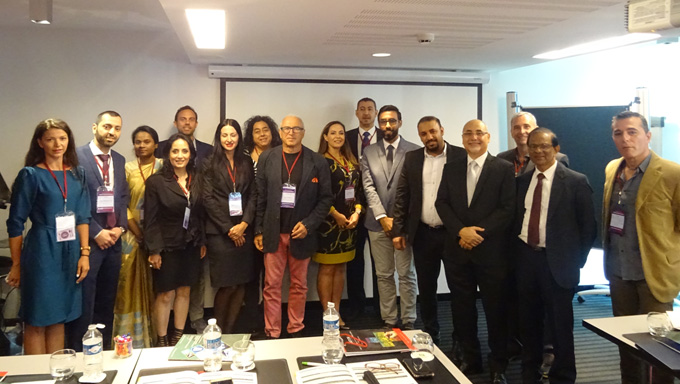







Antimicrobial Agents:
An antimicrobial is an agent that kills microorganisms or stops their growth. Antimicrobial medicines can be grouped according to the microorganisms they act primarily against. For example, antibiotics are used against bacteria, and antifungal are used against fungi.
Antimicrobial Resistance:
Antimicrobial resistance happens when microorganisms (such as bacteria, fungi, viruses, and parasites) change when they are exposed to antimicrobial drugs (such as antibiotics, antifungal, antiviral, antimalarials, and anthelmintics). Microorganisms that develop antimicrobial resistance are sometimes referred to as “superbugs”.
Medical microbiology, the large subset of microbiology that is applied to medicine, is a branch of medical science concerned with the prevention, diagnosis and treatment of infectious diseases. In addition, this field of science studies various clinical applications of microbes for the improvement of health. There are four kinds of microorganisms that cause infectious disease: bacteria, fungi, parasites and viruses, and one type of infectious protein called prion.
Infectious diseases are caused by pathogenic microbes which spread either directly or indirectly from one person to another. These can be classified as either bacterial, viral, zoonotic, parasitic or fungal depending on causative agents. Most of infections are not lethal and organism is annihilated after the symptoms wane. The process requires immune mechanisms to kill the source of the pathogen. Specific acquired immunity antagonistic to the infectious diseases are mediated by either antibodies or by T lymphocytes. The immune response causes high fever, inflammation, and also has the probability to be devastating to a microbe. Phylodynamic models help in locating the epidemic and pandemic origins. The agile rate of evolution and growth in viruses allows molecular clocks to envisage the genetic sequences, thereby providing the precise rate of evolution of the virus.
Coronavirus disease 2019 (COVID-19) is defined as illness caused by a novel coronavirus now called severe acute respiratory syndrome coronavirus 2 (SARS-CoV-2; formerly called 2019-nCoV), which was first identified amid an outbreak of respiratory illness cases in Wuhan City, Hubei Province, China. It was initially reported to the WHO on December 31, 2019. On January 30, 2020, the WHO declared the COVID-19 outbreak a global health emergency. On March 11, 2020, the WHO declared COVID-19 a global pandemic, its first such designation since declaring H1N1 influenza a pandemic in 2009. Illness caused by SARS-CoV-2 was termed COVID-19 by the WHO, the acronym derived from "coronavirus disease 2019. " The name was chosen to avoid stigmatizing the virus's origins in terms of populations, geography, or animal associations.
Immunity:
The immune system is what protects your body from diseases and infections. It's the bodily system that produces the immune response to defend your body from foreign substances, cells, and tissues. The immune system includes various parts of the body including the thymus, spleen, lymph nodes, special deposits of lymphoid tissue (such as those in the gastrointestinal tract and bone marrow), and macrophages, lymphocytes including the B cells and T cells, and antibodies.
Vaccination:
Injection of a killed microbe in order to stimulate the immune system against the microbe, thereby preventing disease. Vaccinations, or immunizations, work by stimulating the immune system, the natural disease-fighting system of the body. The healthy immune system is able to recognize invading bacteria and viruses and produce substances (antibodies) to destroy or disable them. Immunizations prepare the immune system to ward off a disease. To immunize against viral diseases, the virus used in the vaccine has been weakened or killed. To only immunize against bacterial diseases, it is generally possible to use a small portion of the dead bacteria to stimulate the formation of antibodies against the whole bacteria. In addition to the initial immunization process, it has been found that the effectiveness of immunizations can be improved by periodic repeat injections or "boosters." Also see Vaccines (in the plural) and Vaccine of a specific type (such Vaccine, Polio).
We let our ground-breaking work and our amazing clients speak for us…… LONGDOM conferences